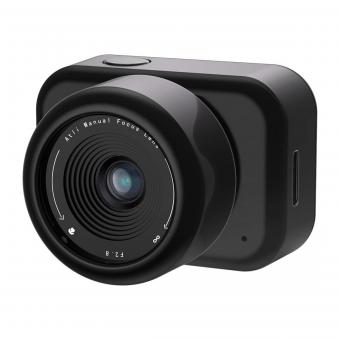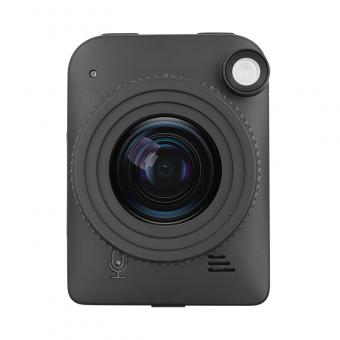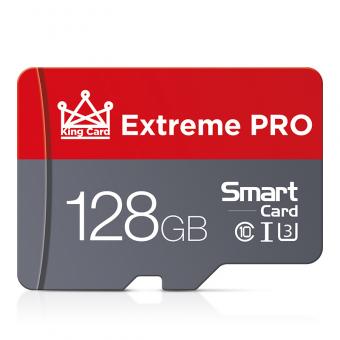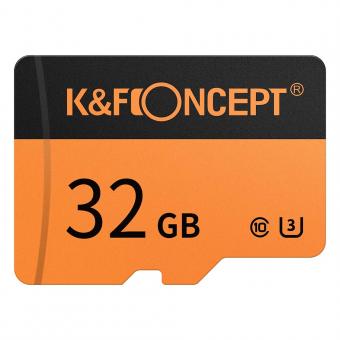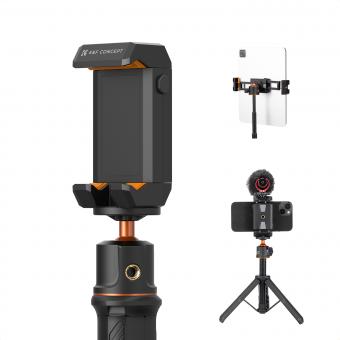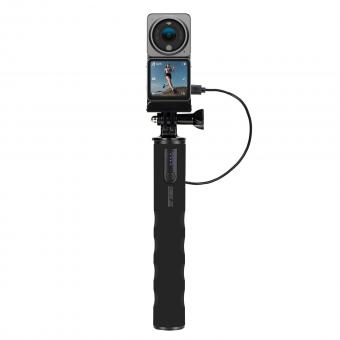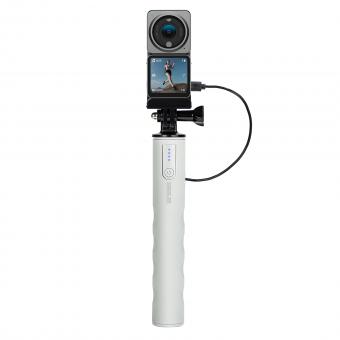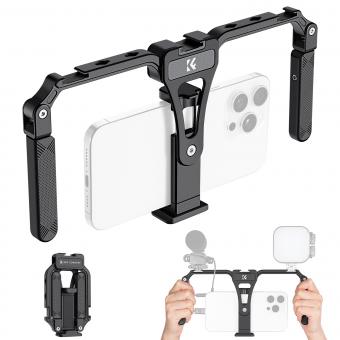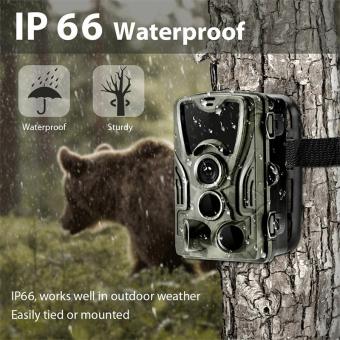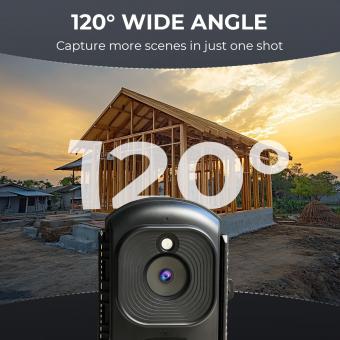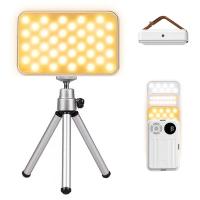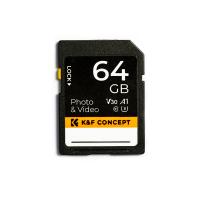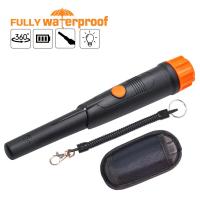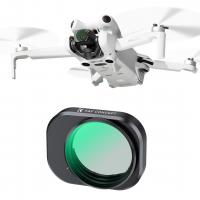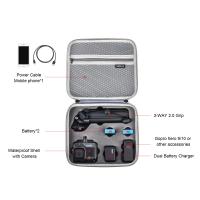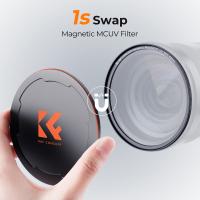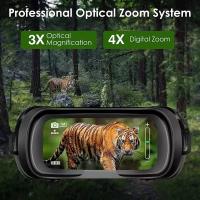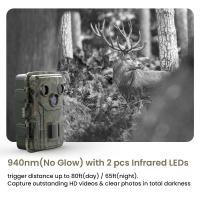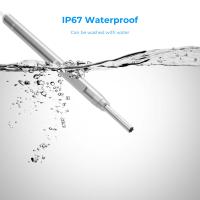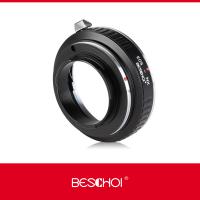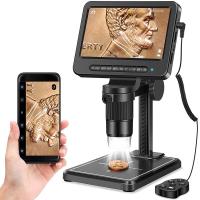What Is Time-lapse In Mobile Camera ?
Time-lapse in mobile camera refers to a feature that allows users to capture a series of photos at set intervals and then combine them into a video that plays back at a faster speed than real-time. This technique is often used to show the passage of time in a condensed format, such as the movement of clouds, the growth of plants, or the construction of a building. By compressing hours or even days of footage into a few seconds, time-lapse videos can be visually stunning and provide a unique perspective on the world around us. Many mobile cameras now come equipped with time-lapse functionality, making it easy for anyone to experiment with this technique and create their own captivating videos.
1、 Interval Shooting
Interval Shooting, also known as time-lapse in mobile camera, is a feature that allows users to capture a series of photos at set intervals and then combine them into a video. This feature is commonly used to capture the passage of time, such as the movement of clouds, the growth of plants, or the construction of a building.
The interval between each photo can be set by the user, ranging from a few seconds to several minutes. Once the photos are taken, they can be combined into a video using a variety of apps or software. Some mobile cameras even have built-in time-lapse modes that automatically create the video for you.
One of the latest advancements in interval shooting is the ability to capture high-quality time-lapse videos in low-light conditions. This is achieved through the use of advanced sensors and image processing algorithms that allow for better noise reduction and improved image quality.
Another recent development is the integration of motion control into interval shooting. This allows users to create dynamic time-lapse videos that pan, tilt, and zoom, adding a new level of creativity to the process.
Overall, interval shooting is a powerful tool for capturing the passage of time and creating stunning videos. With the latest advancements in technology, it has become easier than ever to create high-quality time-lapse videos using just a mobile camera.
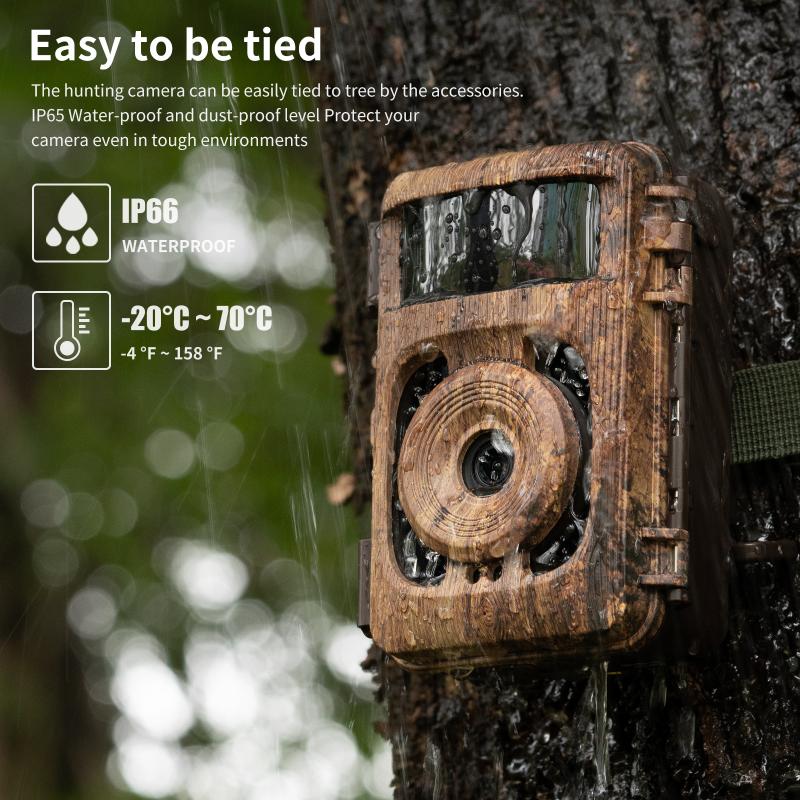
2、 Frame Rate
Time-lapse in mobile camera refers to a technique where the camera captures a series of images at a slower rate than the playback speed. This results in a video that appears to be moving faster than real-time. For example, a time-lapse video of a sunset may show the sun moving across the sky in a matter of seconds, whereas in reality, it would take several minutes.
The frame rate is an essential aspect of time-lapse photography. It refers to the number of frames captured per second. The higher the frame rate, the smoother the video will appear. Most mobile cameras offer a frame rate of 30 frames per second, which is sufficient for most time-lapse videos.
The latest point of view on time-lapse photography is that it has become more accessible than ever before. With the advancements in mobile camera technology, anyone can capture stunning time-lapse videos with just their smartphone. Additionally, there are several apps available that make it easy to create time-lapse videos, even for those with no prior experience.
In conclusion, time-lapse in mobile camera is a powerful technique that can be used to capture stunning videos of nature, cityscapes, and other subjects. With the right frame rate and a little creativity, anyone can create a time-lapse video that is sure to impress.
3、 Exposure Time
Time-lapse in mobile camera refers to a technique where the camera captures a series of images at a set interval and then combines them into a video that plays back at a faster speed than real-time. This technique is commonly used to capture the passage of time, such as the movement of clouds, the growth of plants, or the construction of a building.
Exposure time, on the other hand, refers to the length of time that the camera's sensor is exposed to light when taking a photo. This can range from fractions of a second to several seconds, depending on the lighting conditions and the desired effect.
In mobile cameras, exposure time can be adjusted manually or automatically, depending on the camera's settings. Longer exposure times can be used to capture low-light scenes or create motion blur, while shorter exposure times are ideal for capturing fast-moving subjects.
The latest mobile cameras often come equipped with advanced time-lapse features, such as the ability to adjust the interval between shots, the duration of the final video, and the playback speed. Some cameras even offer built-in stabilization to ensure smooth and steady footage.
Overall, time-lapse and exposure time are two important techniques that can help mobile photographers capture stunning and creative images and videos. With the latest advancements in mobile camera technology, the possibilities are endless.
4、 Stabilization
Time-lapse in mobile camera refers to a technique where the camera captures a series of images at a set interval and then combines them into a video that plays back at a faster speed than real-time. This technique is commonly used to capture the passage of time, such as the movement of clouds, the growth of plants, or the construction of a building.
Time-lapse videos can be created using the built-in camera app on most mobile devices, or through third-party apps that offer more advanced features and settings. Some of the latest mobile devices also come with built-in time-lapse modes that make it easier to capture and create these videos.
Stabilization, on the other hand, refers to the process of reducing camera shake and movement to create smoother and more stable videos. This is particularly important when shooting handheld videos, as even the slightest movement can result in shaky and blurry footage.
Many mobile devices now come with built-in stabilization features, such as optical image stabilization (OIS) and electronic image stabilization (EIS). These features work by using sensors and algorithms to detect and compensate for camera movement, resulting in smoother and more professional-looking videos.
Overall, time-lapse and stabilization are two important techniques that can help mobile users capture and create high-quality videos. With the latest advancements in mobile camera technology, it's now easier than ever to create stunning time-lapse videos with smooth and stable footage.


